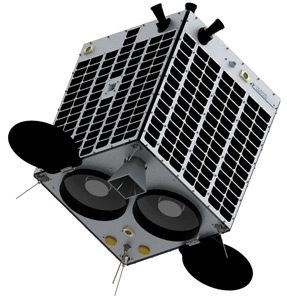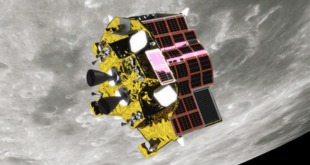
Following the launch of the GRUS-1A microsatellite on 27 December 2018, Axelspace Corporation, has announced the details of the launch of two more satellites of the same type, GRUS-1B and GRUS-1C.
Moreover, Axelspace and Fukui Satellite Technology & Research Association (FSTRA), located in Fukui, Japan, and run by its President, Tetsuji Shindo, who have been collaborating on the development of the Fukui Prefectural Satellite, will launch that satellite with the same launch vehicle as GRUS-1B/1C. The development framework and schedule have also been agreed upon.
GRUS-1B/1C and the Fukui Prefectural Satellite will all become part of Axelspace’s AxelGlobe infrastructure, aiming to eventually capture imagery of the whole Earth landmass every day. After the launch, the number of satellites in AxelGlobe will grow to four, greatly increasing the platform’s imaging capabilities. Axelspace will operate the Fukui Prefectural Satellite as part of the GRUS constellation to achieve the highest efficiency.
The Fukui Prefectural Satellite will be the first AxelGlobe satellite not owned by Axelspace (it will be the property of FSTRA). While owning only one satellite, FSTRA will enjoy a higher image capturing frequency of its areas of interest thanks to the capacity shared by GRUS-1A, 1B, and 1C. At the same time, by using the Fukui Prefectural Satellite’s capacity to its fullest, Axelspace will be able to obtain imagery of areas outside FSTRA’s areas of interest.
By using this kind of win-win collaboration model with other organizations, Axelspace is aiming for an early completion of AxelGlobe.
All three satellites will be launched on a Soyuz-2 satellite launch vehicle from the Baikonur Cosmodrome in Kazakhstan. The launch is being operated by GK Launch Services, the commercial operator of the Soyuz-2 launch vehicle. The launch is expected to take place in the second quarter of 2020, and the satellites will be placed in a Sun-synchronous orbit at 600 kilometers altitude.





